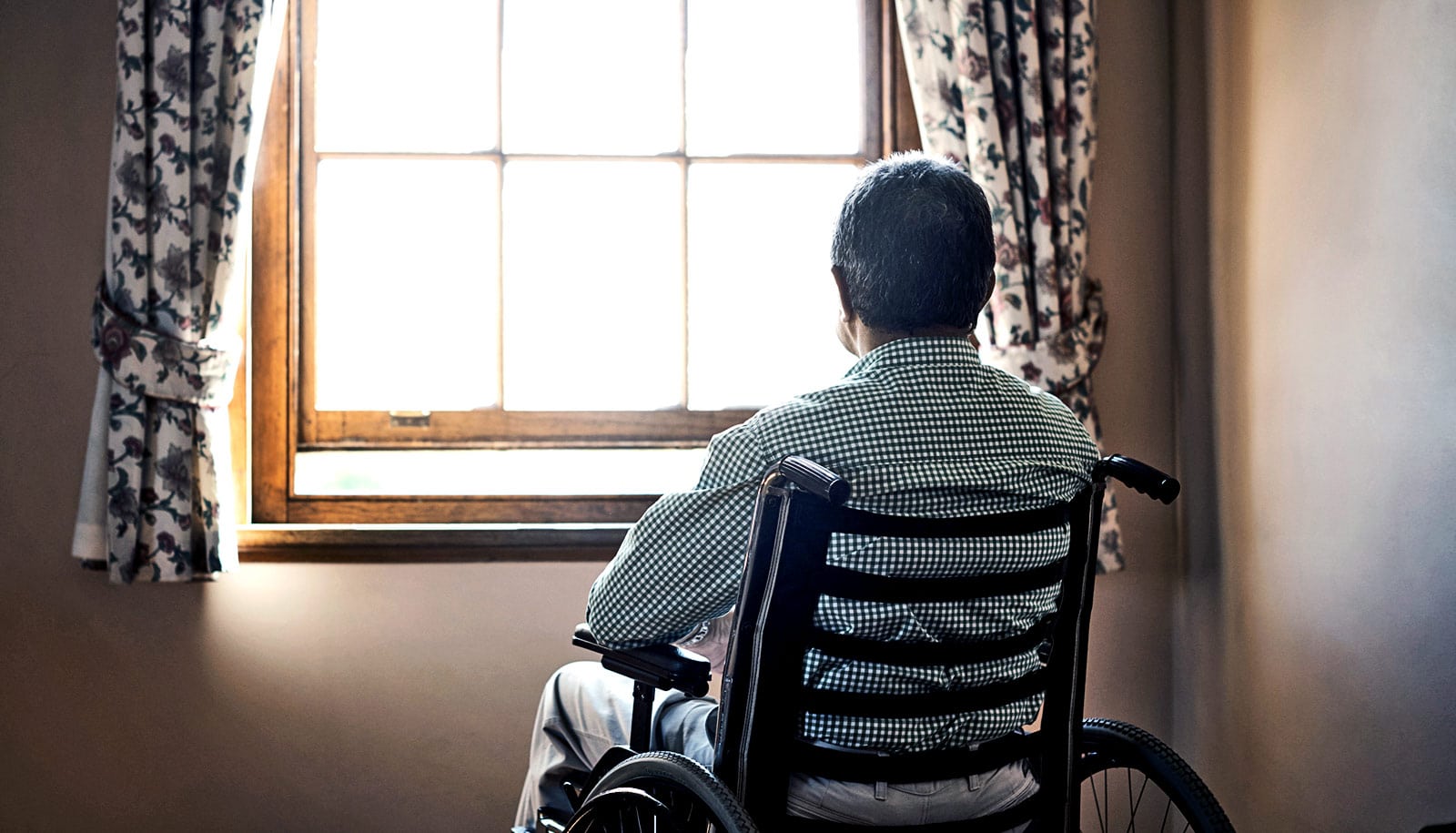People with cancer are more than four times more likely to commit suicide than people without it, according to a new study.
In the study, which used data on more than 8 million cancer patients in the United States, the researchers also found that among people with cancer, white males; patients received a diagnosis at a younger age; and patients with lung, head and neck, testicular cancer, and lymphomas were more likely to commit suicide.
The findings highlight the importance of a comprehensive approach to treating cancer patients, says Nicholas Zaorsky, a radiation oncologist at Penn State Cancer Institute.
“Even though cancer is one of the leading causes of death in the United States, most cancer patients do not die from cancer. The patients usually die of another cause,” he says.
“There are multiple competing risks for death, and one of them is suicide. Distress and depression can arise from cancer diagnosis, treatment, financial stress, and other causes. Ultimately, distress and depression may lead to suicide. Our goal was to quantify the risk of suicide among cancer patients.”
Mental and emotional effects
While researchers have made a lot of progress in treating the cancer itself, how cancer affects patients mentally and emotionally is not as well studied.
For the new study, which appears in Nature Communications, researchers compared cancer patients’ suicide risk versus the general public. They also explored whether certain cancer patients have a higher risk than others.
The researchers used data from the National Cancer Institute’s Surveillance, Epidemiology, and End Results (SEER) program. SEER includes data about cancer incidence, survival, treatment, and age and year of diagnosis, and covers 28 percent of the US population.
Researchers looked at data for more than 8.6 million patients diagnosed with invasive cancer—cancer that has spread beyond the tissue in which it originally developed—between 1973 and 2014.
The findings showed that 13,311 of the patients in the dataset—0.15 percent committed suicide—more than four times the risk of the general population and a two-fold increase since a previous study in 2002 that reported an increased risk of 1.9 times that of the general population.
Additionally, the findings showed that while the risk of suicide generally decreases five years after a diagnosis, the risk remains high for patients with Hodgkin lymphoma and testicular cancer.
Depression screening
“The interesting thing we found was that it does seem to matter at what age a patient is diagnosed and what type of cancer that person has,” Zaorsky says.
“Treatments for some cancers—like leukemia and testicular cancer among adolescents and young adults, for example—can decrease a patient’s fertility, and that seems to be one of the risks for suicide in the long term. In contrast, elderly patients who are diagnosed with lung, prostate, and head and neck cancers are at an increased risk of suicide for the remainder of their life.”
The results could help identify patients at a higher risk for suicide and help health care providers tailor their treatments accordingly, researchers say.
“This information could be helpful while developing guidelines and strategies for how and when to screen cancer patients for depression and distress,” Zaorsky says. “For example, aiming suicide-prevention strategies at older patients and those with certain cancers, such as prostate, lung, leukemias, and lymphomas, may be beneficial.”
Further, the study could help clinicians develop survivorship programs, which aim to care for and improve the quality of life for cancer patients that have gone through treatment and are on their way to recovery.
Additional researchers from Penn State and Yale New Haven Hospital contributed to the work.
Source: Penn State



